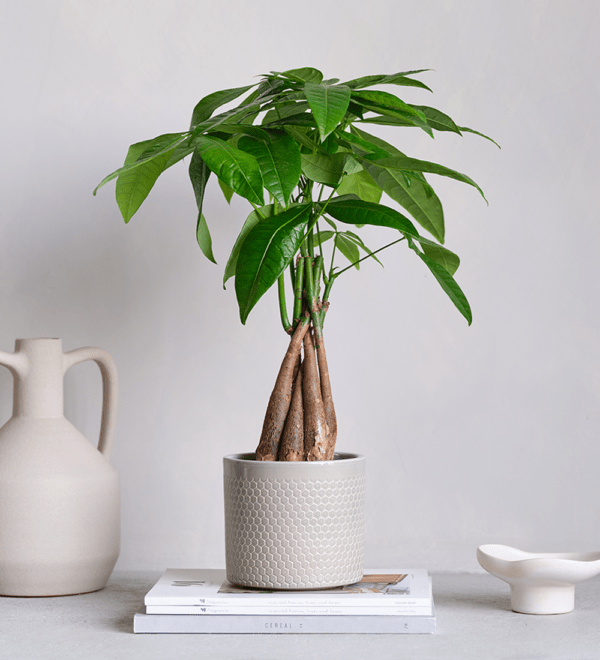
How to Make Sure Your Garden is Well-Presented All Year Round

The changes of the seasons can play havoc with your outdoor space. Whether it’s due to too much sunshine in the summer months, or too much frost in the winter, it can often be difficult to keep your garden well-presented every month of the year.
Here, we look at which plants are best suited to each season and what you should be doing to make sure your patch is always in peak condition.
Winter
While the winter months can often be portrayed as being the toughest to keep your garden looking attractive, with perfect preparation in the autumn months, this doesn’t have to be the case. In fact, good planning can help your winter garden look beautiful with little effort. However, although your lawn may not need cutting as often as there is less sunshine, it’s still important that you care for it. Using a robot lawn mower can help maintain your lawn effortlessly during this period, ensuring it remains healthy and well-kept without requiring frequent manual intervention.
Freezing lawns can cause your space to ‘heave up’ due to excess water. Snow can also cause the fungal disease named snow mould. Usually, the main culprit for this is the pesky snow men. Although fun to make as a family, the density of snow can kill your grass. Make sure you’re clearing excess snow as soon as possible to give your space the chance to thrive as much as possible.
Spring

This season is perhaps known for when the garden ‘comes alive’. The winter frost is thawing and there’s beginning to be some activity among crops and shrubs. Just as you do in the home, your garden needs a spring clean. You should check for signs of unwanted growth and prep your beds, removing all the debris from your winter collection. If you didn’t prune in the winter, now is the time to do so, but make sure you do so before the buds break into bloom or you’ll run the risk of stressing the tree and getting very little crop.

While you may marvel in the majestic colours from your shrubs and plants as they grow, it’s not a time to sit still. Plant some summer-blooming shrubs and allow your garden to continue thriving into the next season. A great example includes the Bluebeard shrub. This bloomer is easy to upkeep and isn’t phased if we get a drought. It’ll also bring birds and butterflies to your space to add a lovely wildlife image for you to bask in. If blue isn’t for you, try the Butterfly bush in its purple, pink or white representation. Growing up to 10-feet tall, this beauty offers a longer bloom season than lilacs and may well run past summer and into autumn too.
Summer

Let’s face it, summer is the time of the year you’ll spend most of your time in the garden, whether it’s gardening, entertaining or relaxing. However, to make it a space you’re proud of can take some effort. With your grass growing at a speed far faster than any other season, it’s crucial you keep on top of its growth spurts. While it’s recommended that you keep it slightly longer during the summer months, it’s still advised that you mow your lawn a couple of times a week, unless there’s a harsh drought period where one cut a week will suffice.
Weeds will also become more of a nuisance thanks to the sunnier climes. Make sure you are eradicating any weed issues as often they are competing with your lawn for moisture and, sadly, weeds often come out on top, leaving your lawn looking less than ideal.
To make sure you get a bit of colour in the autumn months, July is a great time to plant your autumn flowering bulbs, such as nerines. This can help you to continue having a brilliant floral display for the coming months. Also, according to a tree specialist, if you have any unwanted trees taking up too much space in your garden and blocking the sunlight, perhaps it’s time to consider tree removal, which ensures the best look for your garden as suggested by Rich’s Tree Service. Although a may seem like a big project and costly job, it certainly doesn’t need to be. We recommend companies such as https://www.treeserviceremoval.com/ as they are offering speedy service, fast and friendly and at a low price.
Autumn

Alongside spring, autumn is the most important season for gardeners. This is because it’s a great time of year for undergoing transplanting work due to the moisture levels of the soil caused by regular showers. Due to the summer warmth, spring bulbs and next summer’s bulbs should be planted by the end of September to allow them to adjust to their new surroundings and grow their roots. This will set them in the perfect position to bloom next year once the frost thaws.
Autumn is also a time to prep for the winter, as it’s likely you won’t be able to spend much time in your garden due to poor weather. You must make sure that you cut your grass for the last few times before the cold kicks in. When doing this, you should lower the height of your lawnmower by a notch or two. Excessively long grass can cause problems in your garden throughout the colder climes, and it doesn’t look appealing either. However, don’t scalp your grass as this can expose it to more extreme conditions.
Also, make sure you fertilise your space – but not too much because this can burn your grass. You can also spread a cool-weather grass seed to make sure it stays in good condition despite the icy weather. Remember, just because you won’t need to tend to it as often as in warmer climes, it’s important that you don’t leave any debris or toys on the lawn as this can create disease conditions, or worse still, invite unwanted pests to your garden.
If you want to bring some colour to your yard during the bleak months, it’s important to prepare during this season. You’ll need to pick plants of a good size due to the fact they’ll grow very little in winter. Good examples include the Bergenia, which is also known as elephant ear. With varying shade of pink, red and purple, this flower should bloom and brighten up your garden in the year’s earlier months.
As the name suggests, snowdrops, or Galanthus nivalis, or another good pick for a bit of brightness in January and February. If you would like a bronze purple colour added to your garden between November and March, try planting some clematis cirrhosa var. balearica.
So, there you have it. Follow the steps above and you’ll be well on the way to having an attractive and well-presented garden space all year round. Remember, gardening requires a lot of pro-active methods, so don’t leave it too long. Think ahead of the seasons and your patch will prosper!












































